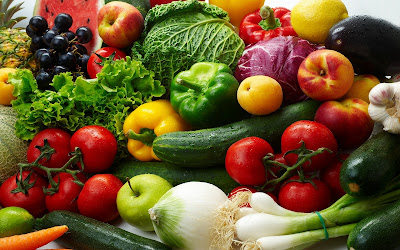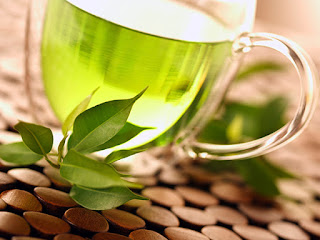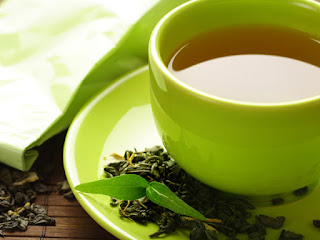8 Awesome Oxygen Facial Treatment Advantages for Glowing Face Skin
8 Awesome Oxygen Facial Treatment Advantages for Glowing Face Skin - Do you miss your old baby soft skin? Is it very hard for you to face the mirror due to your pollution hit face that has turned lifeless? Because of the polluted world we live in, our facial skin does turn dull and enervated. But then, worry not! Oxygen facial is one super-good way of bringing back to your face that lost glory. Want to know the benefits of it? Then you shouldn’t miss this post!

Oxygen Facial Benefits – Top 8:
1. Glow With Moisturization:
Oxygen facial seems to be a dramatic solution for ladies struggling with excessive dryness. Pollution hit faces don’t just look lifeless, they also go dry beyond repair. You can offer your skin the deep penetrating moisturizing benefits offered by the oxygen facial. This level of moisturization restores the normal pH level of your skin. It prepares the skin against future sun damage as well.
2. Feel The Blush:
Missing your old sheen and radiance? Take the rescue of oxygen facial and rejoice the lost blush in your skin once again. Oxygen facial removes impurities with a burst of fresh oxygen on the epidermis. It imparts life to dead skin that looks dull and dry. It results in increased blood circulation in the facial tissues. Increased blood circulation increases the quality of the skin’s coat – the epidermis. Skin regains its lost natural blush with the splash of magical oxygen facial from the first sitting itself.
3. Acne-Free Face:
Acne is a result of trapped oil and dirt in the open skin pores. Oxygen facial reduces the pore size and offers deep cleansing. As a result, the pores shrink. Skin gets freedom from trapped dirt, dust, oil and sebum. The end results are – Acne free glowing skin, radiant appearance and a pinkish tint.
4. Welcome Youthfulness:
Oxygen facial offers the beauty of youthfulness with its amazing oxy therapy. Oxygen fights free radicals in the skin which are responsible for ageing. It triggers the production of collagen that is a firming and skin tightening natural skin agent. As a result, wrinkles reduce, fine lines diminish and age spots lighten. Thus, the skin regains its youthful appearance.
5. Blemish Free Skin:
Oxygen facial detoxifies the skin against harmful toxins collected due to stress and pollution. The irradiation of such toxins reveals a fresh, youthful and fairer skin that is free of blemishes like acne marks, age spots and sun spots. Nonetheless, oxygen facial offers the best detoxification benefits to human skin’s epidermis.
6. Well Toned Skin:
Oxygen facial single handedly offers the goodness of moisturization, detoxification and skin repair. The release of fresh oxygen on skin’s epidermis gives room to cell regeneration. It eventually clears dead skin from the surface. As a result, the facial skin gets evenly toned with no hints of cracks, dryness and peeling.
7. The Fairness Club:
Get involved with the fairness club after tasting the numerable skin benefits offered by oxygen facial. Oxygen facial removes dullness from the skin. It triggers collagen formation and guards the skin against sun damage. It also hampers the production of melanin. Thus, the skin not just gets up to two tones fairer; it is also guarded against future dullness and damage.
8. Instantaneous Glow:
It is not hard to guess that oxygen facial offers a glowing skin, especially after knowing the number of skin benefits it offers. However, it is still worth mentioning that oxygen facial is also a perfect party facial. This is because it imparts instantaneous glow to skin and makes you party-ready on the spot. If you look forward to an instant glow, oxygen facial should be your destination. The best part about oxygen facial is that it is suitable for all skin types. It offers its goodness to even sensitive skin with no side-effects. Feeling convinced about trying this miraculous oxygen facial at home? Already a great fan of the benefits offered by oxygen facial? Do share your valuable feedback with us in the comments section!


















